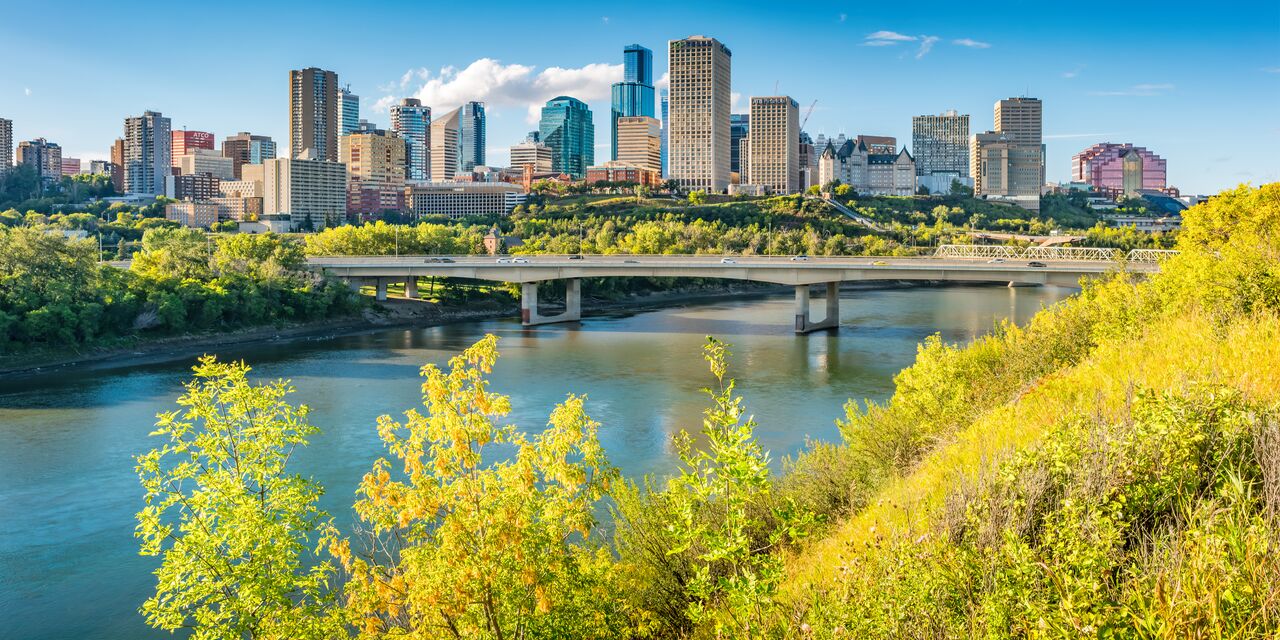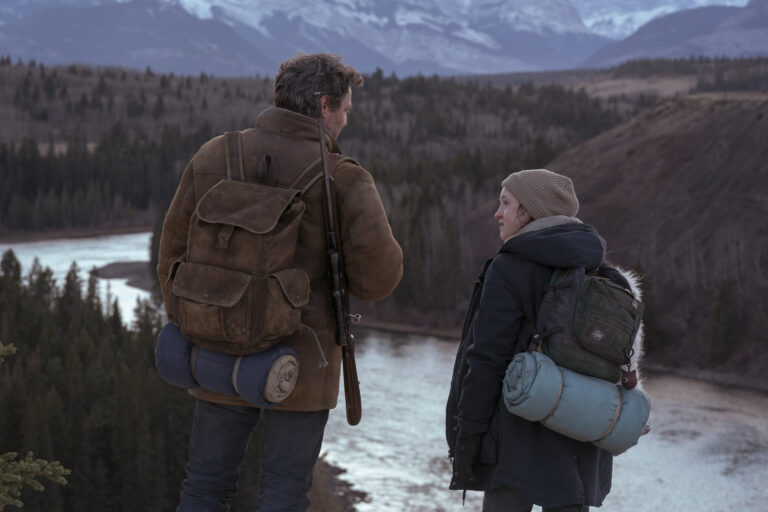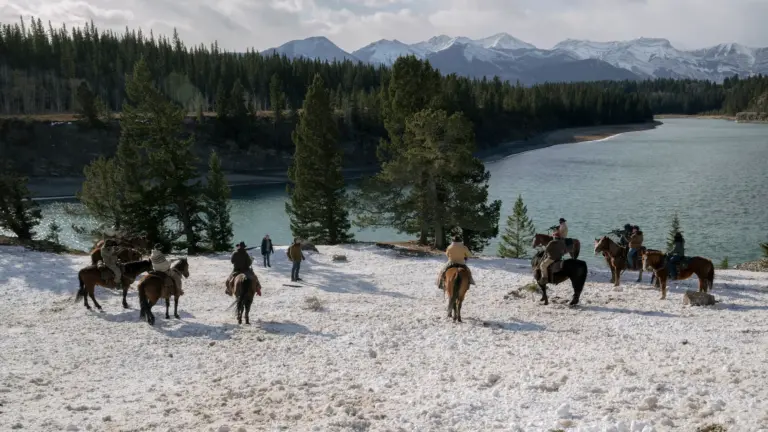HBO’s The Last of Us doesn’t just deliver a gut-punch of emotion – it looks stunning while doing it. The gritty, overgrown world of Joel and Ellie feels so tangible, it almost smells like moss and gunpowder. That’s not an accident. The production team scoured landscapes, built worlds from scratch, and wielded top-tier technology like artists wielding paintbrushes. Let’s crack into the cinematic scaffolding behind this apocalyptic epic.
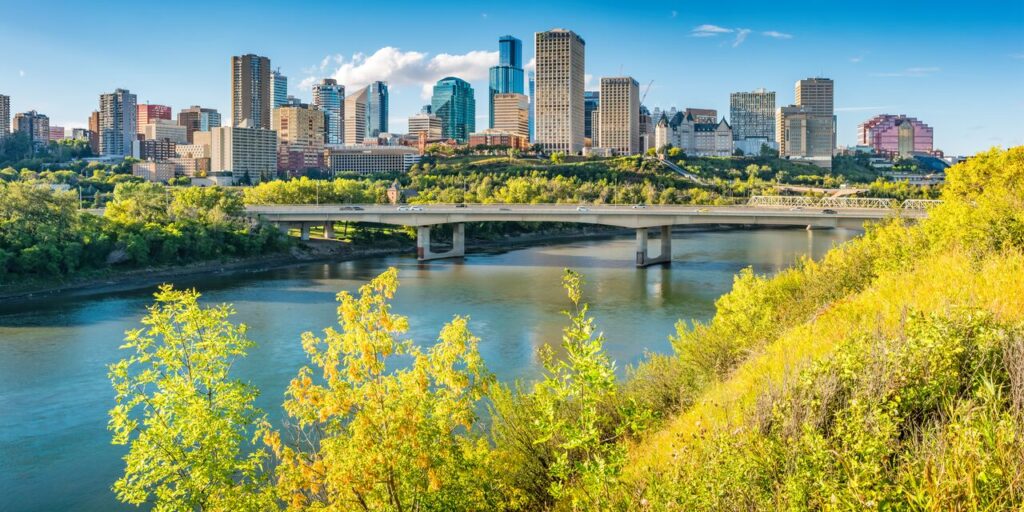
Alberta: Where America Ends and the Apocalypse Begins
Surprise! That crumbling Boston? Actually Calgary. Wyoming? That’s Canmore. Alberta’s diverse landscapes moonlighted as half the American wasteland, and wow, did it work.
- Calgary: The Southern Alberta Institute of Technology (SAIT) doubled as the University of Eastern Colorado. Mount Royal University also got in on the action.
- Edmonton: That glittering golden dome in the show? It’s Alberta Legislature Building standing in as the Massachusetts State House.
- Fort Macleod: Transformed into Austin, Texas for the chaos of Outbreak Day. Explosions, screams, and heartbreak all filmed right on its historic main street.
- Canmore: This charming mountain town played Jackson, Wyoming – a rare slice of calm in a brutal world.
- High River & Okotoks: Provided additional scenery for various desolate backdrops, injecting rural authenticity into the journey.
The choice to film in Alberta wasn’t just about looks. Canada’s tax incentives and manageable production costs made it a smart logistical move. But beyond economics, Alberta offered what the show needed: visual diversity, and lots of it.
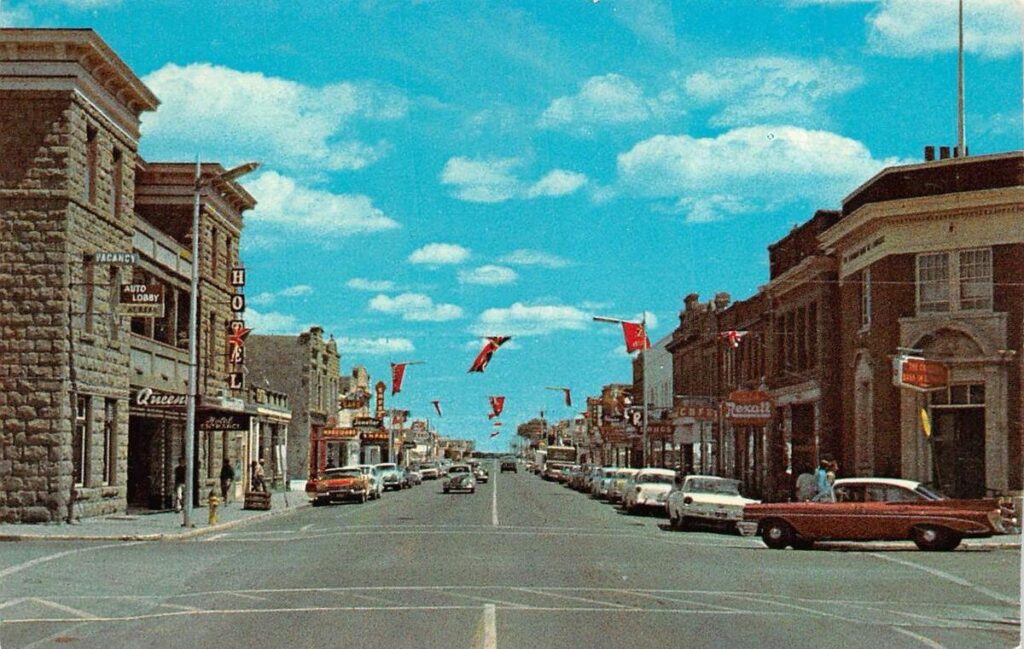
British Columbia Joins the Fray: Welcome to Season Two
Season two kicks things up a notch. Now, British Columbia joins the game. If Alberta gave us the bones, B.C. provides fresh meat for the narrative.
- Vancouver’s Downtown Eastside: Reimagined as a post-apocalyptic Seattle. Think barricades, eerie silence, and rotting storefronts.
- Kamloops: Dressed to become Greenplace Market. Sharp-eyed fans might spot the reference to the game.
- Nanaimo: Yep, it took a turn as Capitol Hill and the fictional Serevena Hotel. Even local businesses were subtly reworked into the narrative.
This westward production shift reflects the story’s own path. As Ellie moves forward, so do the cameras, capturing new terrain while maintaining the franchise’s visual consistency.
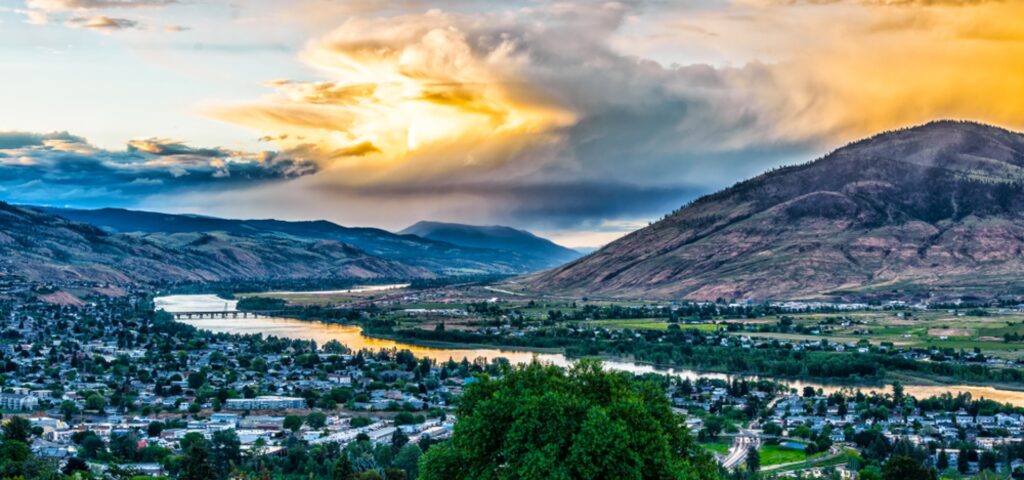
Crafting the Look: Set Design and Practical Effects
Creating the decay of civilization is a hands-on gig. Production designer John Paino led the charge with a toolkit full of clever tricks.
Set builders didn’t just throw fake ivy on walls and call it a day. They constructed entire quarantine zones. They aged cities, covered streets with rusted vehicles, and let nature reclaim the modern world. It wasn’t about excess – it was about nuance. Cracks in windows. Overturned strollers. Tangled vines. Everything told a story.
The Clickers Aren’t CGI Monsters
Those spine-tingling Clickers? Real actors. Yep, with prosthetics. Legendary creature designers Barrie and Sarah Gower (of Chernobyl fame) led the transformation.
Their work turned humans into nightmare fuel using layered prosthetics, paint, and hours of painstaking makeup. The realism they achieved ensured terror felt close, not abstract.
Visual Effects: The Digital Polish
That said, not everything was done by hand. The series used over 3,000 VFX shots in its first season alone. A whopping 16 different effects studios contributed.
They didn’t just paint backgrounds. They helped cities rot digitally. Made fungus creep. Brought tension to scenes that needed just a bit more… bite.
The VFX teams added finesse to already-strong sets. Think enhanced skies, deepened shadows, and the slight twitch of an infected creature lurking in the dark.
Cinematography: The Soul in the Frame
The show leans hard into its cinematic roots. Directors used the Arri Alexa Mini paired with Cooke S4/i lenses to achieve that signature look.
What does that mean for us? It means soft focus on tender moments, crisp depth during tense ones. Lush wide shots of desolate highways. Tight frames for whispered conversations.
Each frame screams, “this matters.”
For a deeper dive into the behind-the-scenes magic, check out this insightful featurette:
Sound: A Score That Stings (in the Best Way)
You hear it before you feel it. Gustavo Santaolalla returned from the original game to compose the series score.
His music isn’t flashy. It’s minimal, moody, raw. A few notes on a ronroco and suddenly your heart breaks.
And the needle drops? Absolute chef’s kiss. Depeche Mode’s “Never Let Me Down Again” and Linda Ronstadt’s “Long, Long Time” didn’t just complement scenes – they became them.
A Win for Accessibility
In a move worth celebrating, HBO launched an ASL version of the second season. Actors Daniel Durant and Leila Hanaumi delivered translated performances in sign language.
This wasn’t just an afterthought. It was a reflection of the show’s – and the game’s – core value: inclusion matters. A beautifully executed way to make storytelling more universal.
Apocalypse, Perfectly Rendered
The Last of Us excels because it sweats the small stuff. Every mossy wall, every foggy skyline, every eerie silence carries intention. With a fierce blend of practical effects, real-world locales, and emotional storytelling, the show achieves what few adaptations manage: it honors the original, yet becomes something all its own.
So next time you watch Joel and Ellie tread through some ravaged street, remember – that might just be a college in Calgary. And that clicker? A very patient actor, under very heavy makeup, in the middle of Alberta. Pretty cool, huh?

